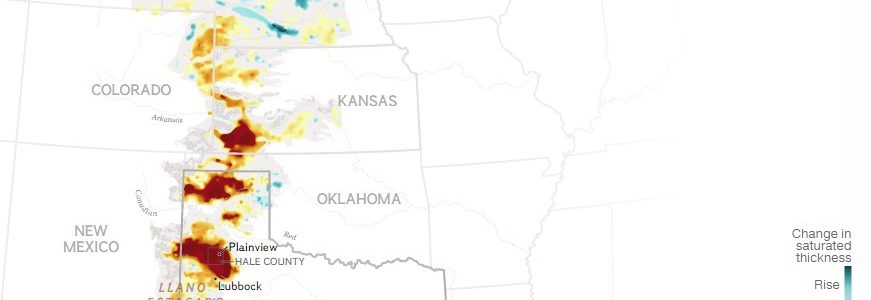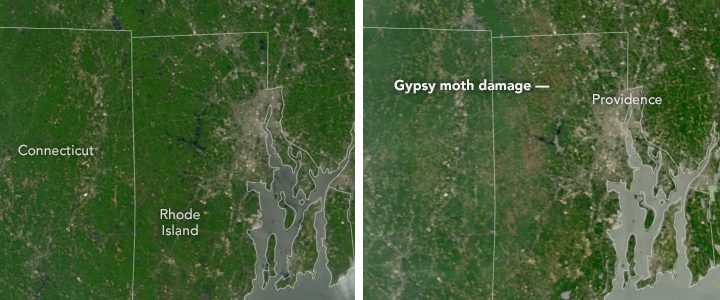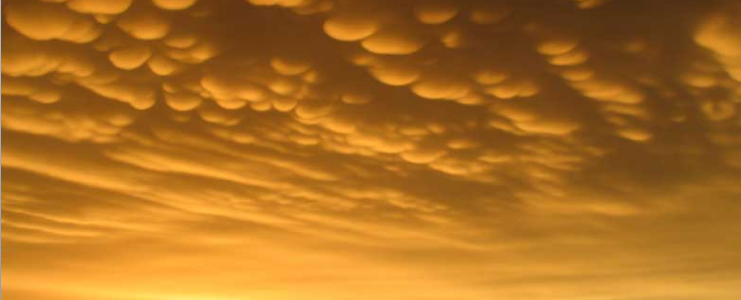Interesting weather images
-

Do you feel like the rain showers that are passing through the area are always missing you? One of the problems with summertime thunderstorms is that they are highly variable in space and time, hitting some areas repeatedly while missing others altogether. Over the long haul, the rainfall should distribute itself out, but on the…
Posted in: Interesting weather images -

I am headed to Brunswick for an August 11 meeting with Extension agents from around southeast Georgia, and stopped tonight to take this picture of sunset over the coastal marshes near Darien, GA. You can see the shadows of thunderstorm towers (which are located to the west of where I was taking the picture) on…
Posted in: Interesting weather images -

The College of DuPage web site has updated satellite images which show the slowly spinning low pressure that is bringing rain to parts of the Southeast. I’ve put one from the afternoon of August 8 below. It shows the low slowly meandering across Georgia. You can also see it in the radar picture, which I’ve…
-

The Sightline Institute published a unique resource on climate change back in 2013 that just came to my attention. Dr. Greg Johnson, a Northwest oceanographer, published a set of 19 illustrated haikus which summarize the latest IPCC report on changing climate. Take a look at the beautiful artwork and see how succinctly this very large…
-

Groundwater supplies much of the irrigation water in the central Plains of the United States. A lot of this comes from the Ogallala Aquifer. National Geographic produced an interesting set of graphics on the aquifer recently that you might be interested in looking at. You can view it here.
-

NASA’s Earth Observatory posted a striking pair of pictures recently showing the massive defoliation caused by gypsy moth caterpillars in Rhode Island. It’s amazing to me how much damage the caterpillars were able to do to the tree canopy there in just a month. You can read about it and see the pictures in more…
-

Dr. Marshall Shepherd of UGA published a new column in Forbes.com this week about mammatus clouds, the beautiful and sometimes scary clouds that form on the undersides of severe thunderstorms (and occasionally in other places as well). You can read his blog post here. The Cloud Appreciation Society also has some great pictures of mammatus…